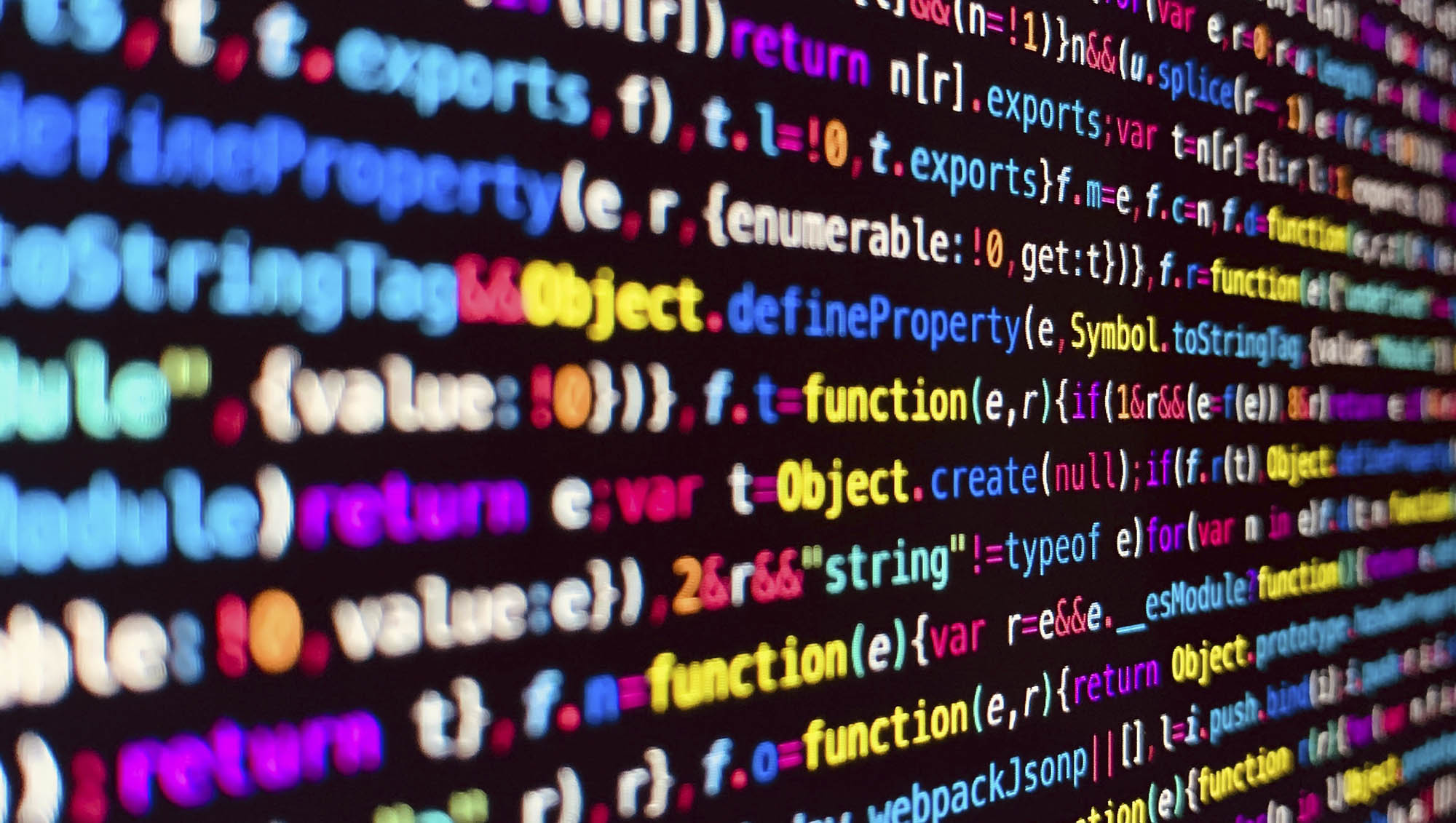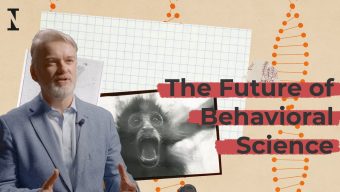Machine-learning algorithms are helping researchers understand the virus, identify the regions of the world with the highest contagion rates, and forecast the capacity needs of national health systems, with the aim—among others—of minimizing fatalities in the COVID-19 pandemic. Thanks to technological advances, these algorithms are now capable of supporting decision-making.
Data-driven symptom identification
Machine-learning algorithms can be used to identify patterns of symptoms that might signal the presence of the virus in its early stages, thereby preventing severe complications at later stages. When it comes to unknown diseases, identifying the exact symptoms can be a challenge, leading to higher fatality rates in the early stages of the pandemic.
This lack of knowledge, in combination with a potential lack of testing equipment, can present major shortcomings in the effective elimination of the pandemic. Advancing this logic, Linda Wang and Alexander Wong designed a deep-learning algorithm to identify COVID-19 cases from chest radiography images, allowing medical professionals to gain precious time in treating patients instead of waiting for test results.
Location-based analytics
Algorithms such as location-based analytics can be used to synthesize data from various sources (e.g., confirmed case data recorded by national governments, points of interests such as hospitals and elder-care facilities, etc.) to identify areas with a high concentration of contagion.
These algorithms can identify patterns of concentration, contagion rates, hidden similarities among cases, and, in general, allow for the aggregation of valuable knowledge that provides a more accurate global picture of the pandemic. More importantly, such algorithms can be used to protect communities that might be more vulnerable. For example, if an elder-care facility is located in an area with a high concentration of contagion, it should receive special attention to prevent unnecessary fatalities.
Using simulations calibrated with reliable data, policymakers can project scenarios about the evolution of the crisis and prepare actions to respond to these scenarios.
Capacity planning and future projections
One of the major issues in the fight against any pandemic is the allocation of the available healthcare capacity (e.g., intensive-care beds and ventilators) so that all patients can be treated without the health system collapsing. This has been one of the most widely discussed topics among scientists and policymakers. Measures such as nationwide lockdowns have been implemented to prevent health system collapse and ensure equal access for all patients in need.
For such a measure to be effective, very careful forecasting is required. With an accurate forecasting algorithm, policymakers can anticipate the demand that must be covered using the available capacity and avoid equipment shortages. To achieve high accuracy, researchers are employing prediction algorithms that account for multiple parameters, including available capacity, transmission rates, contagion concentration, and availability of medical professionals.
Prediction algorithms, together with fine-grained simulations (such as this one by the Institute for Health Metrics and Evaluation at the University of Washington), can be used to forecast the evolution of the crisis. This can provide valuable insights, as one of the most important steps in fighting a pandemic is to pave the way to recovery without allowing for a resurgence.
Using simulations calibrated with reliable data, policymakers can project scenarios about the evolution of the crisis and prepare actions to respond to these scenarios, thereby minimizing unexpected consequences. Simulations are particularly suitable policymaking tools in domains where uncertainty and complexity are present. For example, policymakers can simulate scenarios involving the gradual reduction of lockdown measures. In this way, they can anticipate outcomes and design targeted proactive strategies, as opposed to high-risk reactive ones.
For all these outcomes to be reliable, an important precondition is the trustworthiness of the data used with the algorithms. Thus, policymakers need to ensure the reliable recording and curation of pandemic data, so that its application will lead to trustworthy outcomes and valuable knowledge.
The use of the right data, in combination with technological advancements such as machine-learning algorithms and simulations, can prove useful in designing targeted response strategies and reaction measures.
Lessons learned
Technology can serve as a valuable advisor in the response strategy against any crisis. The use of the right data, in combination with technological advancements such as machine-learning algorithms and simulations, can prove useful in designing targeted response strategies and reaction measures. More importantly, technology, utilizing the full potential of algorithms and reliable data, can help societies accelerate their progress towards full recovery.
© IE Insights.











